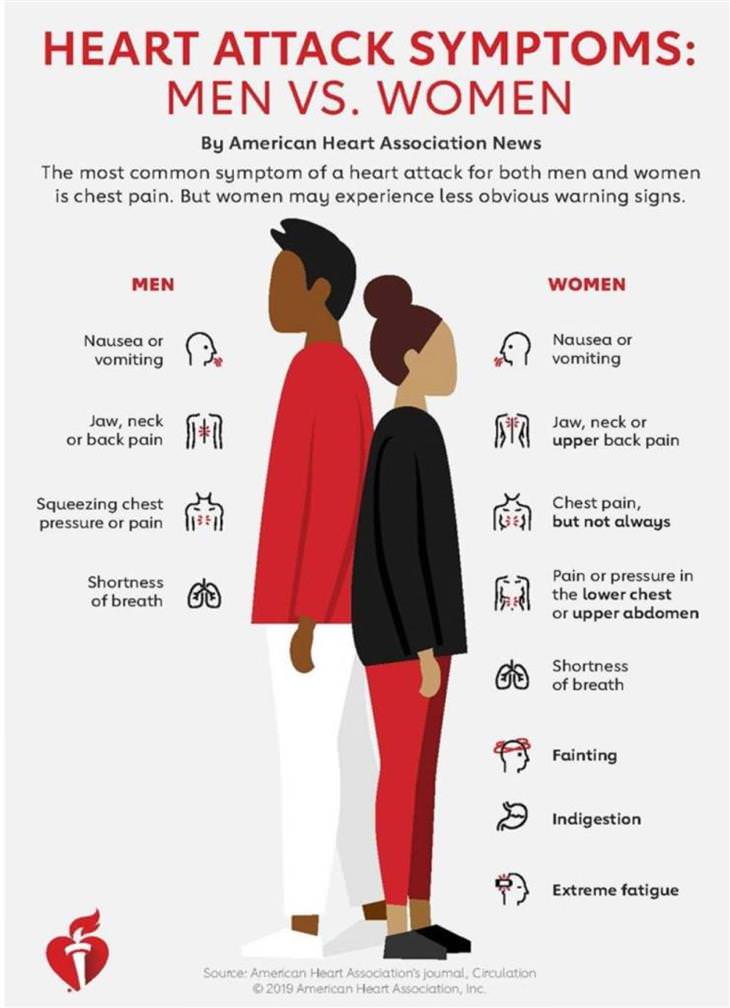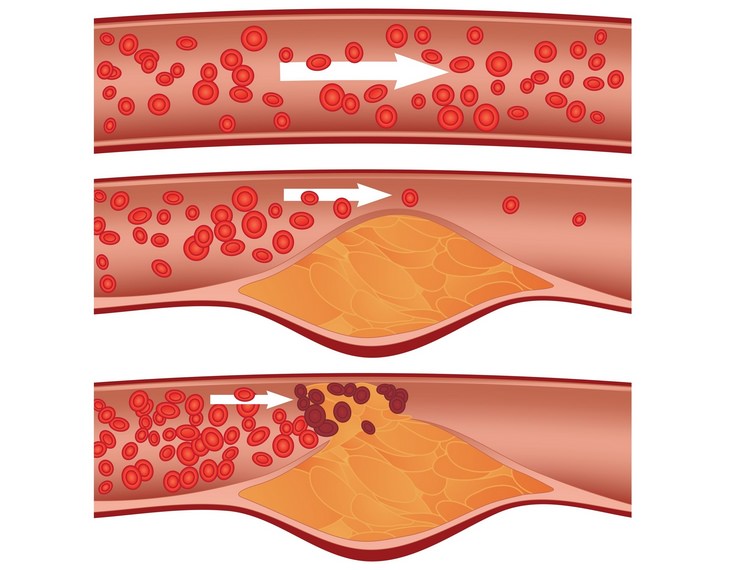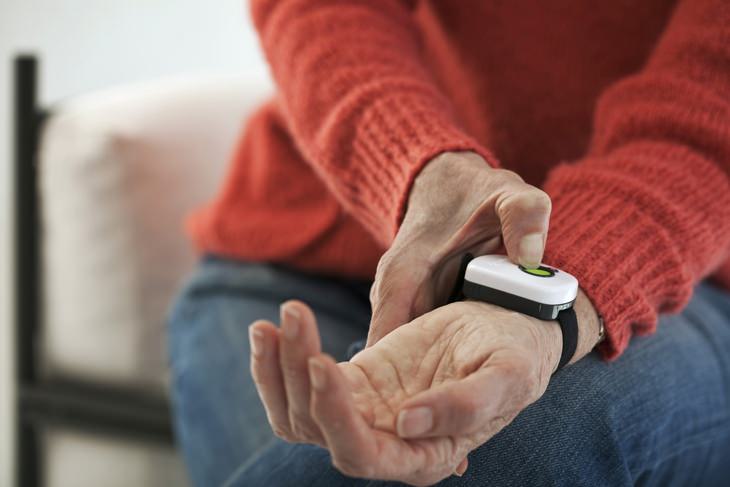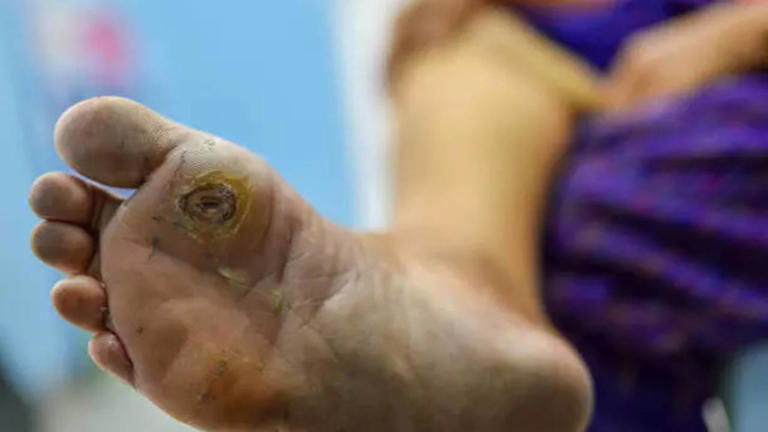Trillions of
body microbes form a crucial microbiome. Imbalance from aggressors causes
issues like IBS, acne, obesity, vaginosis, and yeast infections. Probiotics promote
gut and vaginal health, by re-establishing the native microbiota of the body,
we can remedy them. In this regard, probiotics and prebiotics can promote gut
microbiota, influencing our overall health and well-being.
Our body lists trillions of microbes, which, though microscopic, play a key role in our
overall health and well-being. They form a microbiome that often loses balance
when overexposed to several aggressors, including antibiotics, alcohol, oily
fatty food, spicy food, and even contaminated food or water.
Interestingly,
even a brief change in location for a short business trip across cities can
disrupt the gut microbiome’s balance.
Such imbalances
is often linked to drastic changes in the composition of food, water, and
spices consumed during the trip.
Microbial imbalances
triggered by aggressors are not necessarily immediate, but the disturbances can
become noticeable as irritable bowel syndrome, acne, gastric ulcers, obesity,
vaginosis, and yeast infections. However, by re-establishing the native
microbiota of the body, we can remedy them. In this regard, probiotics and prebiotics
can promote gut microbiota, influencing our overall health and well-being.
Exploring the scope of probiotics and
prebiotics
Probiotics are
live organisms consisting of good bacteria and some yeasts that can improve our
well-being. Probiotics, found in fermented food such as buttermilk, yogurt,
kombucha and kimchi, plays a crucial role in digestion, facilitating nutrient
absorption, alleviating symptoms like irritable bowel syndrome and diarrhea and
supporting immune function. Moreover, research states that probiotics may help
manage concerns like indigestion, eczema, allergies and obesity.
Another major
concern that probiotics help tackle is UTIs and related symptoms that bother
most women who travel frequently for work or leisure. Dirty public toilets and
even seemingly clean restrooms om hotels and restaurants are often infested
with bacteria and viruses, which disturb the balance of the vaginal
environment, causing UTIs. Probiotics promotes vaginal healthy by helping treat
infections and providing relief from their symptoms. For instance, the vaginal
microbiota, which mainly comprises Lactobacillus species, are vital in
preventing infections and maintaining a balanced vaginal environment. Lactobacillus
species, are vital in preventing infections and maintaining a balanced vaginal
environment. Typically, by introducing probiotics that belong to the favourable
vaginal microbiota, Lactobacillus strains, women can retain their natural
balance and reverse conditions like yeast infections and bacterial vaginosis.
Besides food,
individuals can take supplements to administer probiotics into their bodies. Today,
one can get probiotics capsules featuring strains such as Lactobacillus
rhamnosus GG, L.Crispatus, L.Gasseri, L.
Johnsonii, L. Acidophillus, or L.
Reuteri, to promote gut and vaginal health.
Alternatively,
prebiotics are non-digestable fibers found in bananas, oats, onions, legumes,
and whole grains. When consumed, the prebiotics present in the food pass
through the upper gastrointestinal tract and stimulate the activity of good
bacteria, facilitating a balanced microbiota.
The symbiotic
connection between probiotics and prebiotics and their favourable impact.
A balanced
combination of probiotics and prebiotics creates a symbiotic relationship that
balances the gut microbiome, which helps in these ways-
A healthy
gut ecosystem effectively facilitates smooth digestion and absorption of
essential nutrients from consumed food. By aiding digestion, it relieves
symptoms of gastrointestinal issues, especially diarrhea.
A balanced
gut microbiota can also safeguard against harmful microorganisms and prevent
the onset of overactions that rigger inflammation or autoimmune illnesses. By conditioning
the body’s immune response, both prebiotics and probiotics strengthen the human
immune system, making one less susceptible to rampant infections.
According to
ongoing research, the gut environment can also impact one’s mood, overall
behaviour, and cognitive function, making them crucial for mental well-being.
In addition,
it can help address concerns like UTIs and provide relief from discomfort. This
way, it safeguards the wellness of urinary and gut health.
The synergy
between probiotics and prebiotics is key to nurturing a healthy gut ecosystem
and supporting vaginal health. One can facilitate a harmonious balance by
consciously adding food and dietary supplements rich in probiotics and
prebiotics into the dietary regime.
This is only for your information, kindly take the advice of your doctor for medicines, exercises and so on.
https://gscrochetdesigns.blogspot.com. one can see my crochet creations
https://gseasyrecipes.blogspot.com. feel free to view for easy, simple and healthy recipes
https://kneereplacement-stickclub.blogspot.com. for info on knee replacement
https://cancersupportindia.blogspot.com for infor on cancer and health related topics
https://GSiyers
home remedies.blogspot.com is the latest addition to my blogs. I'm
going to add posts there, do give me your valuable feed back on my
blogs. Thanks a lot, take care, be healthy and be happy.
Labels: acne, alcohol, antibiotics, IBS, Lactobacillus species, microbial imbalances, noticeable- gastric ulcers, obesity, oily fatty n spicy foods- aggressors, prebiotics, probiotics, UTIs, vaginosis, yeast infections






